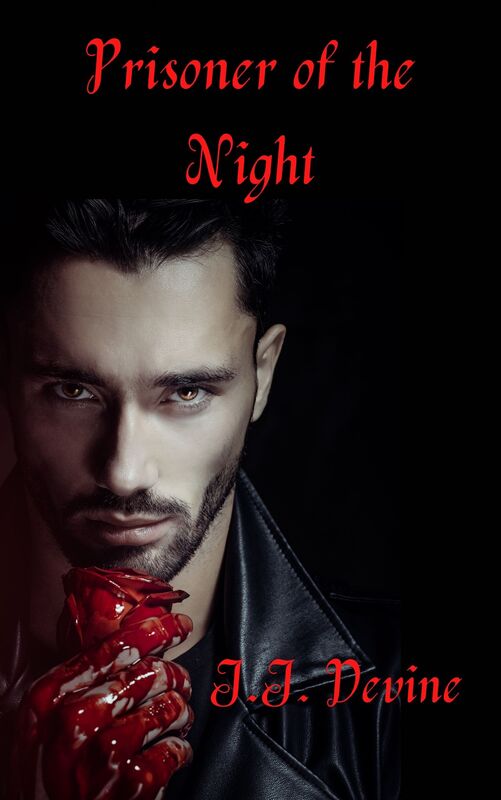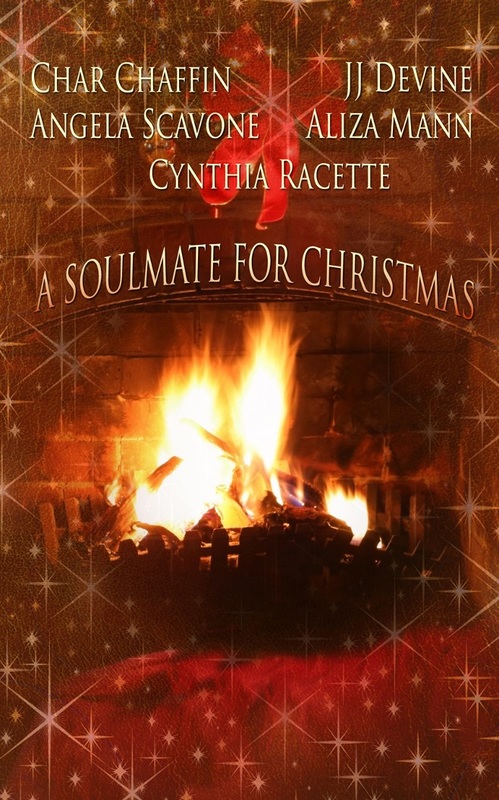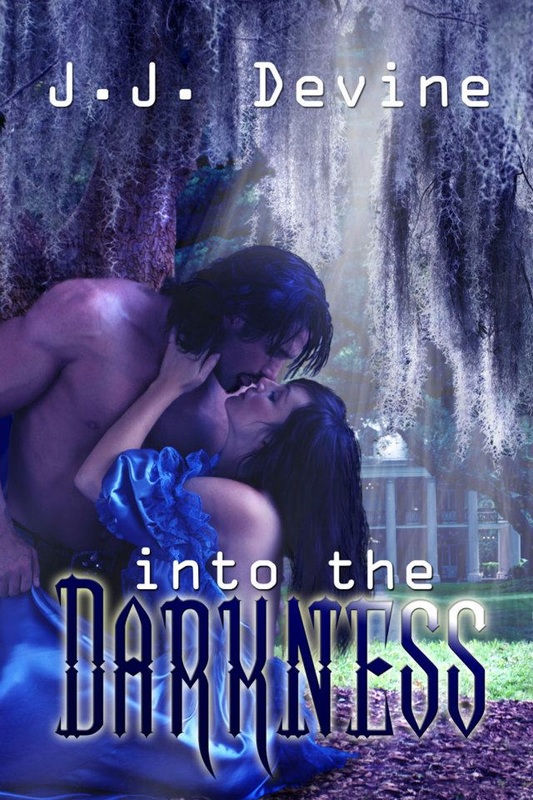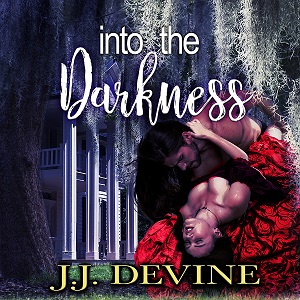Morgan Wyatt is one of the most inspirational authors I know. She is genuinely a remarkable woman both on the writing scene and off. I've had the honor of knowing Ms. Wyatt personally for several years and one of the things I have noticed in all these years that regardless of what is thrown at her, she just keeps her writing career moving forward. I adore her dedication and her positive attitude. So today, I'm sharing a blog she shared yesterday (I have her permission, don't worry :) )

The idea of a rule breaker titillates most people. It depends on what rules you break and the reader if it works. Murder is usually a game breaker unless it can be justified as self-defense. White collar crimes such as embezzling or identity theft are okay if the good guy does it to catch the villain or at least punish the evil doer. Then there are the unwritten rules.
Scarlett O’Hara excelled at stomping on the social niceties that constituted Southern Society. Her actions included lying, stealing other girls’ boyfriends, cheating, and manipulating good-hearted people for her own aims. At the time, Gone with the Wind was written her primary sin was ignoring her daughter and husband to make a profit. Margaret Mitchell wrote an unhappy ending. Scarlett remains an iconic character because she did things other women didn’t dare. Her keen mind and beauty allowed her to get away with it most of the time. On the other hand, people wanted her to get her comeuppance too. Consider that Scarlett served as a stand-in for that cheerleader in high school who dated the hot guys and was homecoming queen. Years later, the wallflowers take some consolation at the reunion that the cheerleader is broke and divorced. Watch how many rules your character breaks if you want the reader to root for him or her.
The cardinal romance standard never allows your protagonist to hurt another character on purpose. There’s a difference in a secondary character being miffed because the heroine got the job than the protagonist deflating her rival’s tires so she can’t make it to the interview. There can be exceptions to this rule too. Susan Elizabeth Phillips’ book, Ain’t She Sweet, blows the never be deliberately malicious out of the water by having a local mean girl, Sugar Beth, return back to town broke and friendless. All her nastiness happened in the past and the odds are stacked against her as she tries to rebuild her life. The readers see her retribution visited upon her as she struggles to reinvent herself in a town that doesn’t want her there. Occasionally, formerly mean characters can work if they suffer enough for the reader to feel sympathetic. Of course, it depends on the reader and how he or she connects with the character.
Scarlett O’Hara excelled at stomping on the social niceties that constituted Southern Society. Her actions included lying, stealing other girls’ boyfriends, cheating, and manipulating good-hearted people for her own aims. At the time, Gone with the Wind was written her primary sin was ignoring her daughter and husband to make a profit. Margaret Mitchell wrote an unhappy ending. Scarlett remains an iconic character because she did things other women didn’t dare. Her keen mind and beauty allowed her to get away with it most of the time. On the other hand, people wanted her to get her comeuppance too. Consider that Scarlett served as a stand-in for that cheerleader in high school who dated the hot guys and was homecoming queen. Years later, the wallflowers take some consolation at the reunion that the cheerleader is broke and divorced. Watch how many rules your character breaks if you want the reader to root for him or her.
The cardinal romance standard never allows your protagonist to hurt another character on purpose. There’s a difference in a secondary character being miffed because the heroine got the job than the protagonist deflating her rival’s tires so she can’t make it to the interview. There can be exceptions to this rule too. Susan Elizabeth Phillips’ book, Ain’t She Sweet, blows the never be deliberately malicious out of the water by having a local mean girl, Sugar Beth, return back to town broke and friendless. All her nastiness happened in the past and the odds are stacked against her as she tries to rebuild her life. The readers see her retribution visited upon her as she struggles to reinvent herself in a town that doesn’t want her there. Occasionally, formerly mean characters can work if they suffer enough for the reader to feel sympathetic. Of course, it depends on the reader and how he or she connects with the character.
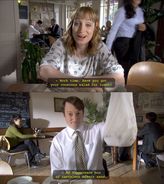
On an episode of the British Sitcom, Peep Show, Mark, and Dobbie are at a restaurant when Dobbie suggests dining and dashing. Dobbie thinks it would be fun. Mark resists well aware he has never done anything illegal. Dobbie is about the momentary thrill while Mark considers the ramifications. This possibility of rule breaking shows the character differences. As a former server, I was totally against the dine and dash. The waitress who makes almost nothing ends up paying for the Dashers’ meals out of what little she earns. If Mark had gone along with it to please Dobbie, then I’d probably quit watching the show. The number one reason would be it would out of line with Mark’s moral outlook. An author shouldn’t cross lines the reader wouldn’t.
What are those lines? They are invisible, of course. One of them is never kill the dog, cat, hamster, etc. Murder is necessary, especially in mysteries just avoid the pets. Until recently violence against women, rape, mutilation were all taboo. A recent slew of books detail non-consensual bondage. Basically torture, which followed on the heels of The Fifty Shades of Grey success. This should serve as a warning shot to women. Although, it might be the time to sit back and see how it plays out. It is understandable if a villain slugs a woman or kicks the walker out from grandmother. What is harder to accept is a man who brutally rapes a woman, and then a few pages later he confesses his love for her. This isn’t a rule breaking in as much that it makes no sense. What woman would accept such behavior?
Most of us are okay with stuff we might do. An example is telling white lies to not hurt a friend’s feelings or to stay out of trouble. Driving too fast and when pulled over acting confused about the fact. Flirting to get a better deal or a bigger tip. Even little things such as slipping into empty better seats when the theater lights go down. Often these actions move the plot along. The woman who decides to grab the better seat meets the original owner who arrives late.
A character who lies will end up in an awkward situation because of a falsehood. This is especially true when people pretend to be something they aren’t. This can be as simple as a name change to keep an obnoxious male from connecting. Lying about being able to speak or foreign language or being pilot can result in chaos, humor, and finally truth telling.
What are those lines? They are invisible, of course. One of them is never kill the dog, cat, hamster, etc. Murder is necessary, especially in mysteries just avoid the pets. Until recently violence against women, rape, mutilation were all taboo. A recent slew of books detail non-consensual bondage. Basically torture, which followed on the heels of The Fifty Shades of Grey success. This should serve as a warning shot to women. Although, it might be the time to sit back and see how it plays out. It is understandable if a villain slugs a woman or kicks the walker out from grandmother. What is harder to accept is a man who brutally rapes a woman, and then a few pages later he confesses his love for her. This isn’t a rule breaking in as much that it makes no sense. What woman would accept such behavior?
Most of us are okay with stuff we might do. An example is telling white lies to not hurt a friend’s feelings or to stay out of trouble. Driving too fast and when pulled over acting confused about the fact. Flirting to get a better deal or a bigger tip. Even little things such as slipping into empty better seats when the theater lights go down. Often these actions move the plot along. The woman who decides to grab the better seat meets the original owner who arrives late.
A character who lies will end up in an awkward situation because of a falsehood. This is especially true when people pretend to be something they aren’t. This can be as simple as a name change to keep an obnoxious male from connecting. Lying about being able to speak or foreign language or being pilot can result in chaos, humor, and finally truth telling.

Even bad boy characters are never that bad. They may appear to rule breakers on the surface, but the author peels away the layers to get to their intrinsic motivation. In the classic book, The Outsiders, the soshs with their coordinated outfits and new cars were actually the bullies. Pony Boy while hiding from the police rescues children from a burning church. This is also a nice twist on the rules for the author who chose not to go with stereotypes.
Rule breaking can be doing the unexpected. In The Paper Bag Princess, the Princess declares she doesn’t need to wait around for a prince and fights her own dragons. Most characters grounded in realism will break a few rules. It’s okay for a secondary character to remain the same, but a central character must be dynamic, which involves growth, change, and the occasional broken rule.
Dystopian and sci-fi novels that often feature regimented, twisted societies must have rule breakers. What the central characters do is create a world similar to our own with their rebellious ways. A society totally different from our own could have stories populated with rule followers.
Rule breaking can be doing the unexpected. In The Paper Bag Princess, the Princess declares she doesn’t need to wait around for a prince and fights her own dragons. Most characters grounded in realism will break a few rules. It’s okay for a secondary character to remain the same, but a central character must be dynamic, which involves growth, change, and the occasional broken rule.
Dystopian and sci-fi novels that often feature regimented, twisted societies must have rule breakers. What the central characters do is create a world similar to our own with their rebellious ways. A society totally different from our own could have stories populated with rule followers.


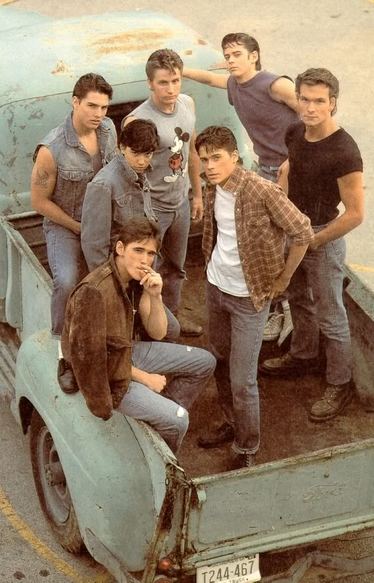
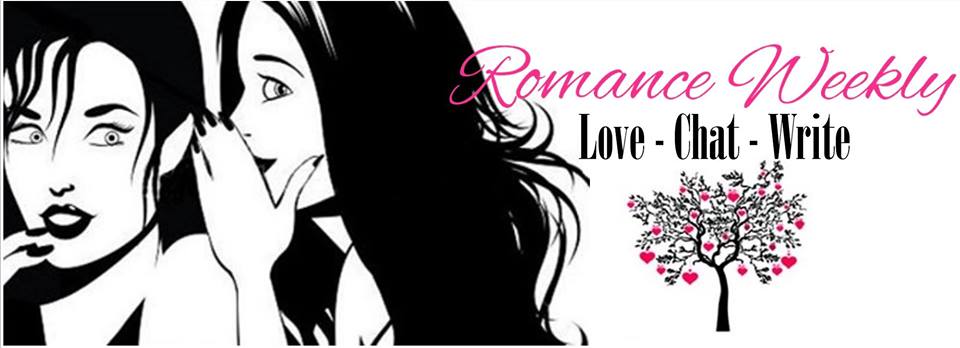


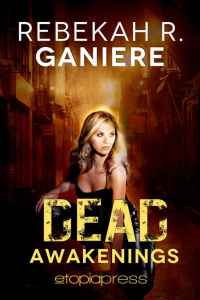
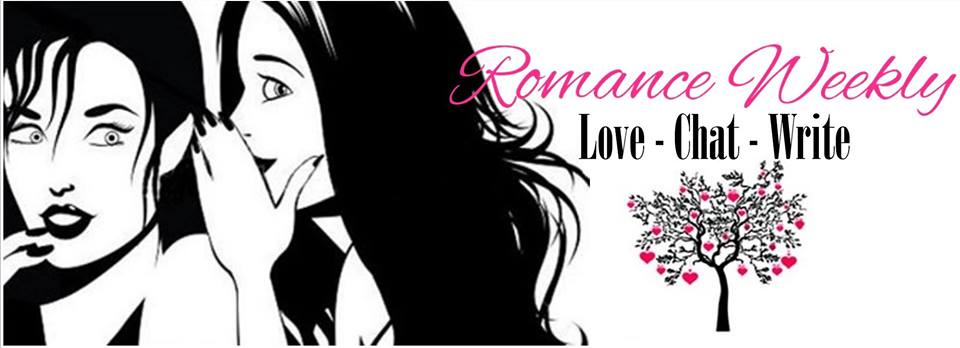
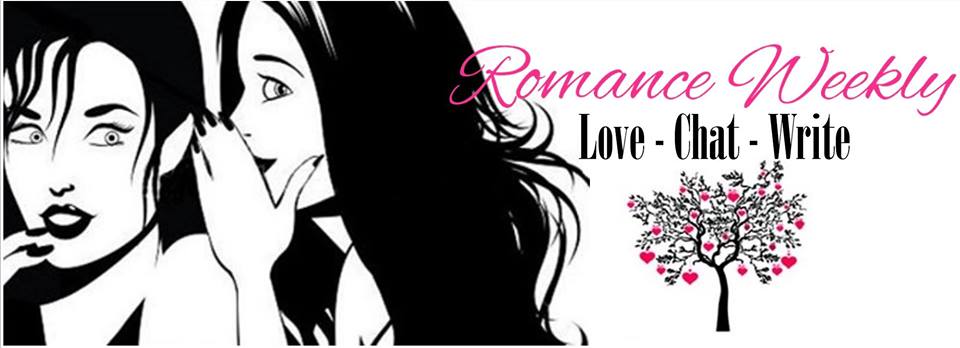


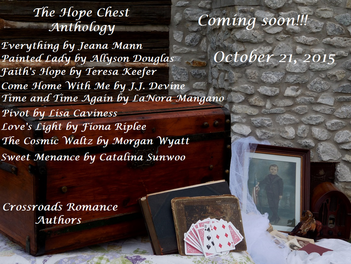

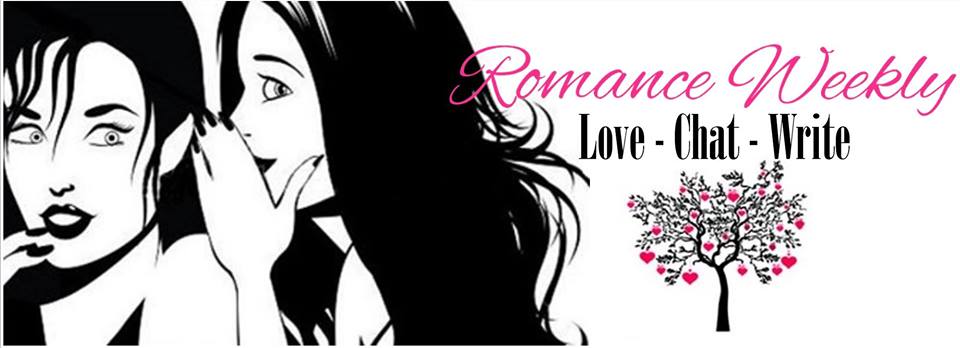
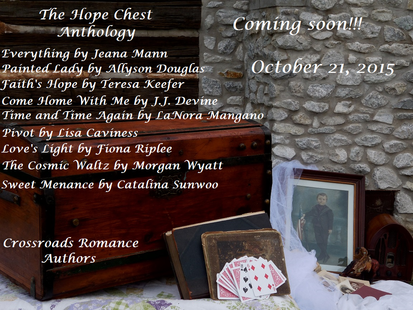

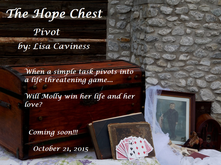
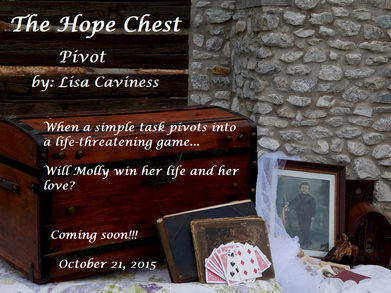
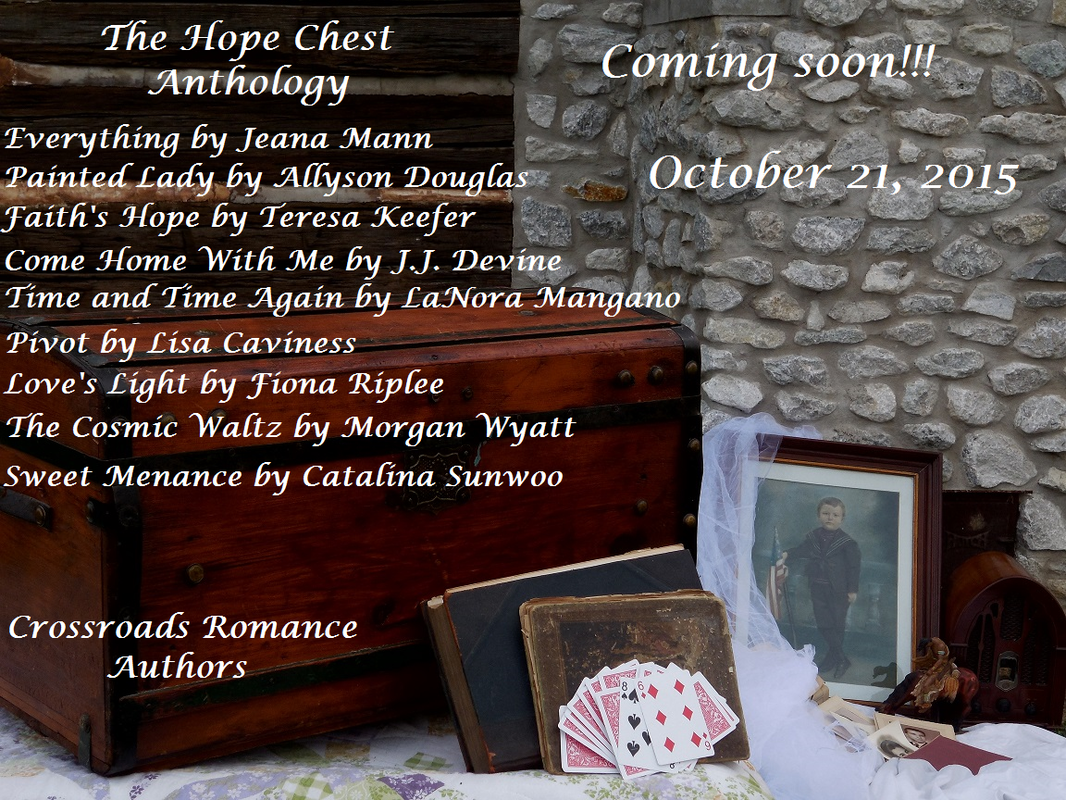
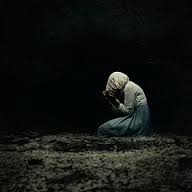
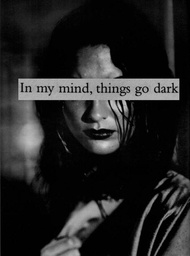

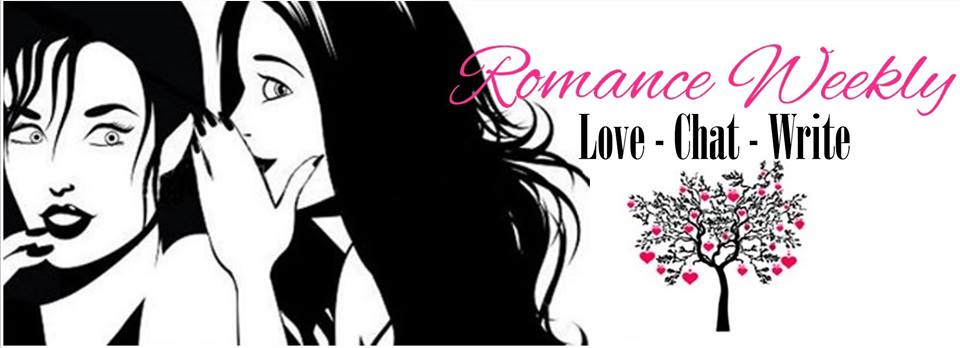


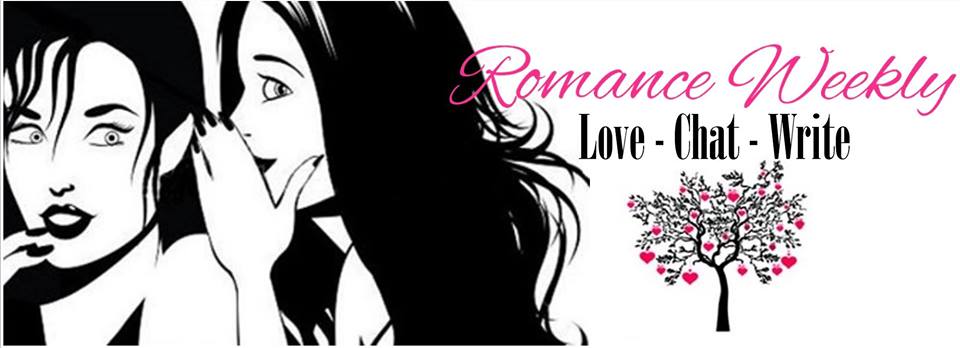
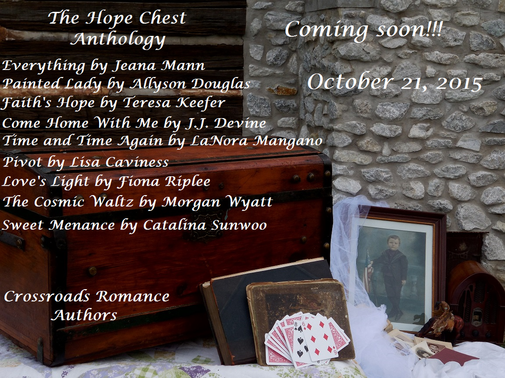

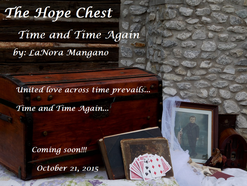
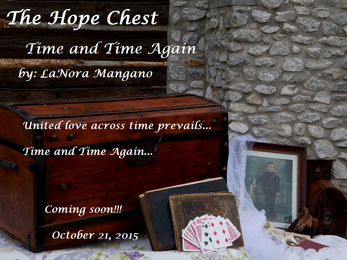
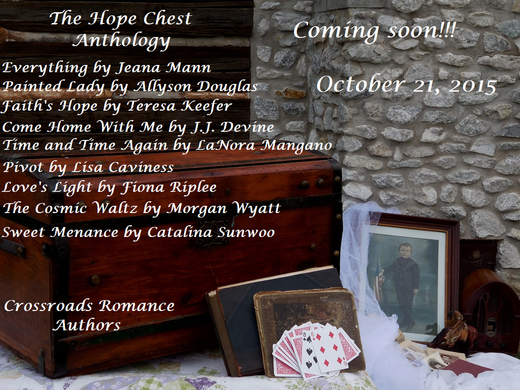
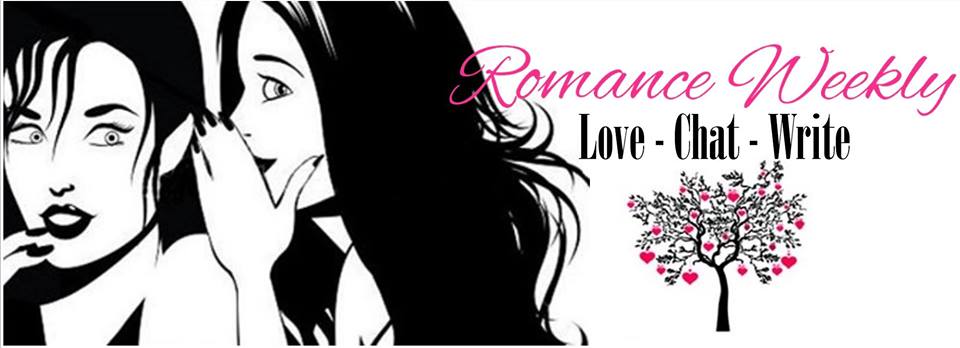

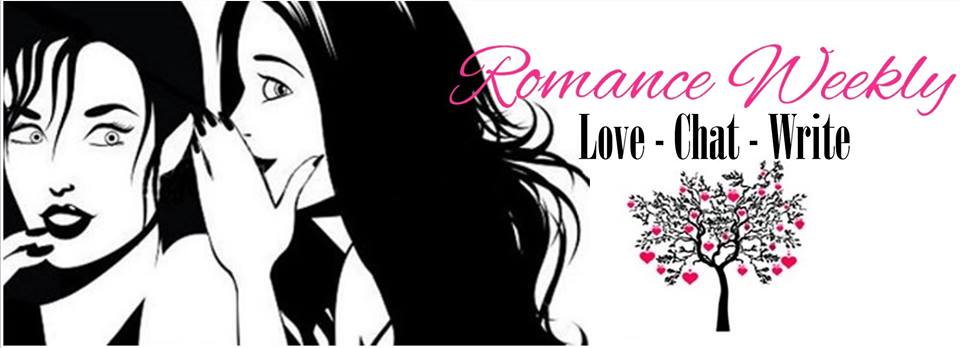
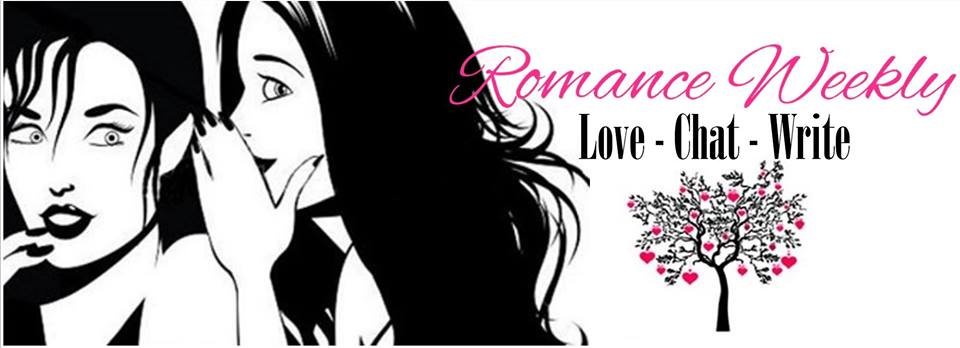



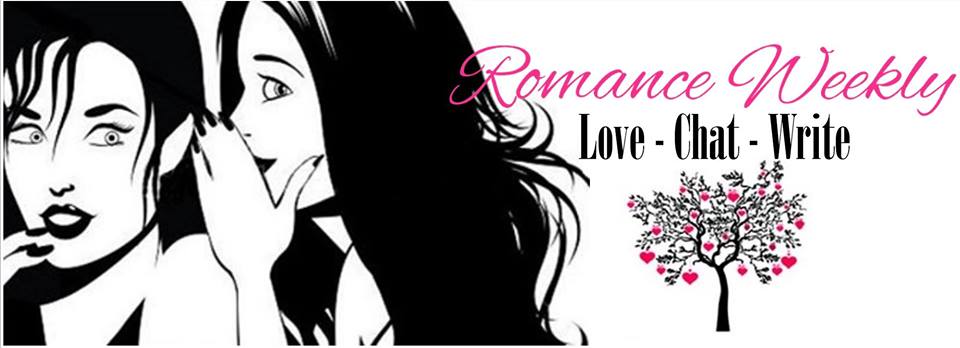





 RSS Feed
RSS Feed

